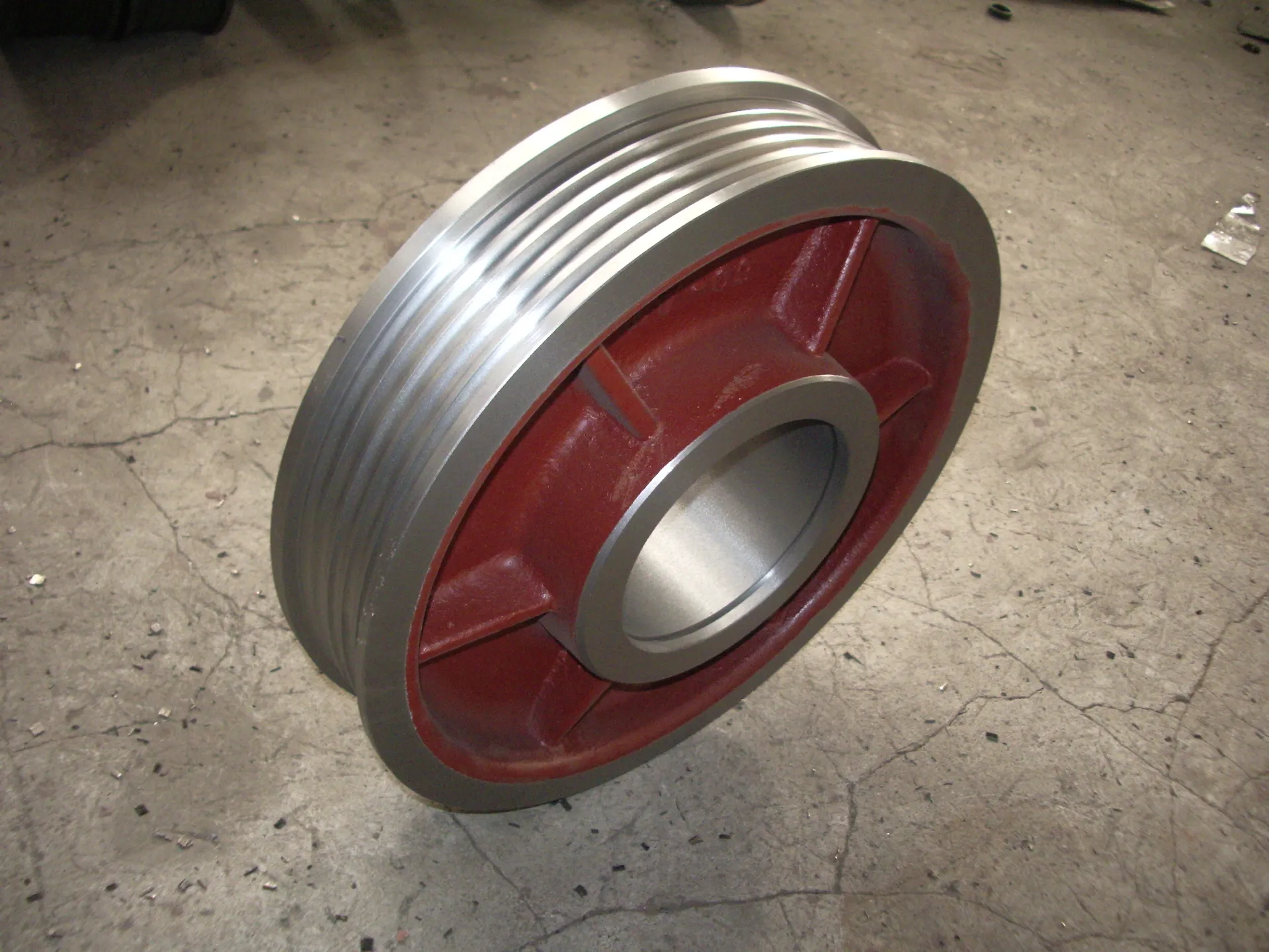Mobile:+86-311-808-126-83
Email:info@ydcastings.com
English
Exploring the Techniques and Benefits of White Metal Casting in Modern Manufacturing Industries
Understanding White Metal Casting A Comprehensive Overview
White metal casting is a versatile and widely used manufacturing process characterized by its ability to produce intricate shapes and high-quality components. It refers to the casting of alloys, primarily based on tin, lead, or zinc, typically known for their bright, silvery appearance. This method is essential in various industries, including automotive, aerospace, and household goods, where component precision and durability are paramount.
The Composition of White Metal Alloys
White metal alloys can vary significantly in composition, but they typically include a blend of tin, lead, bismuth, and antimony. Each alloy exhibits its unique properties, making it suitable for different applications. For instance, tin-based alloys often offer excellent corrosion resistance and are commonly used in electrical components and bearings. Lead-based alloys, while less common due to health concerns, are favored for their machinability and are often found in the manufacturing of battery terminals and other applications requiring heavy-weight components.
The Casting Process
The white metal casting process involves several key steps, starting with the creation of a mold. The mold is often made from cast iron, steel, or sand and is designed to withstand high temperatures. Once the mold is prepared, the alloy is melted in a furnace until it reaches its fluid state. The molten metal is then carefully poured into the mold cavity, filling it to achieve the desired shape.
Cooling is crucial in the casting process, as it allows the metal to solidify and gain its final form. Once the casting has cooled, it is removed from the mold, and any excess material, known as flash, is trimmed away. The resulting component may undergo additional processes such as machining, finishing, or surface treatment to meet specific design requirements and enhance its properties.
white metal casting

Advantages of White Metal Casting
One of the primary advantages of white metal casting is its ability to produce complex geometries with relative ease. This makes it an excellent choice for manufacturers looking to create intricate components that are difficult to achieve with other manufacturing processes. Additionally, white metal casting provides excellent dimensional accuracy, ensuring that the final product fits perfectly in its intended application.
Another significant benefit is the ability to produce components at a relatively low cost. The materials used in white metal casting are often less expensive than those used in steel or iron casting, making it an attractive option for mass production. Furthermore, the recycling of white metal alloys is feasible, contributing to sustainable manufacturing practices.
Applications of White Metal Casting
White metal casting finds applications in numerous industries. In the automotive sector, it is commonly used for producing bearings, bushings, and various internal engine components. The aerospace industry relies on white metal castings for parts that require light weight and high strength, such as brackets and housings. Additionally, white metals are prevalent in the production of household items, including decorative pieces, cookware, and electrical fittings.
Conclusion
In conclusion, white metal casting is a vital manufacturing process that plays a key role in producing high-quality components across various industries. With its ability to create complex shapes at a relatively low cost, it continues to be an essential method for manufacturers looking to innovate and meet the ever-evolving demands of their markets. As technology progresses, the development of new white metal alloys and casting techniques will likely further enhance the capabilities of this versatile process, ensuring its relevance in future manufacturing landscapes.
-
Premium Fan Housing & Motor Casing for Optimal AirflowNewsAug.31,2025
-
High-Performance Automobile Water Pump & Electric SolutionsNewsAug.30,2025
-
Expert Stainless Steel Casting | Precision & Durable Metal PartsNewsAug.29,2025
-
Precision Metal Castings: Aluminum, Stainless Steel & Die CastingNewsAug.28,2025
-
Superior Aluminum Castings in Automotive Engine PartsNewsAug.22,2025
-
Common Materials Used in Fan Housing ManufacturingNewsAug.22,2025











